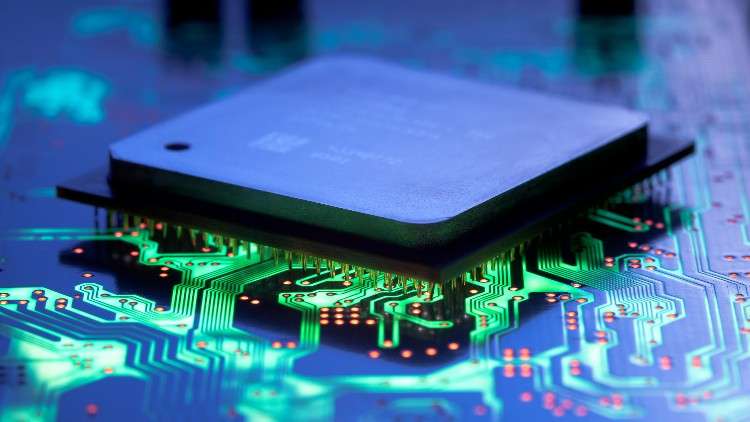
Start from atoms to work our way up in creating transistors, logic gates and computers
What you will learn
Structure of atoms
Conductors, insulators, semiconductors
Doping, n-type,p-type
Making switches from semiconductors
Transistors
Diodes
Description
We start from atoms at the most fundamental level and explain what its made of, and how we distinguish them from one another, and work our way up in creating transistors as switches from atoms, and logic gates from transistors and computers from logic gates.
The best way to understand anything is to use as few abstraction as possible, thats why our lowest abstraction is atom. Then we explain what atom is made of, and we distinguish atoms from the number of protons that they have.
Then we introduce silicon atoms, and explain why its important for us, and how we create switches from it.
In general we could say this course could be categorized in 2 sections, one is, how to create an electronically controllable switch from atoms and second, how to create computers from switches, or how to create a universal logic gate from the electronic switch.
But the important thing that makes this course different from the others, is that we don’t take anything for granted. Meaning at each turn we explain a concept and after understanding that concept we define the abstraction ourselves.
As an example we carry out some experiments and based on the results of that experiment we would create abstractions and move on to the next topic.
Content